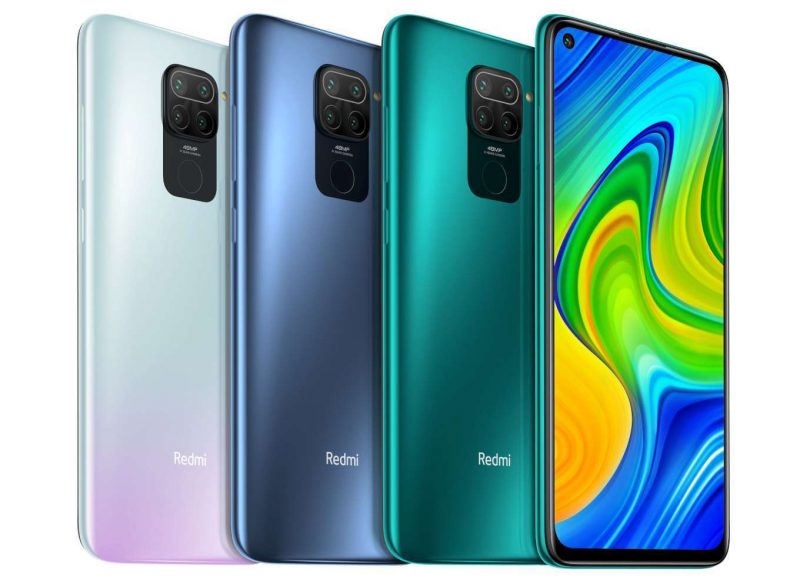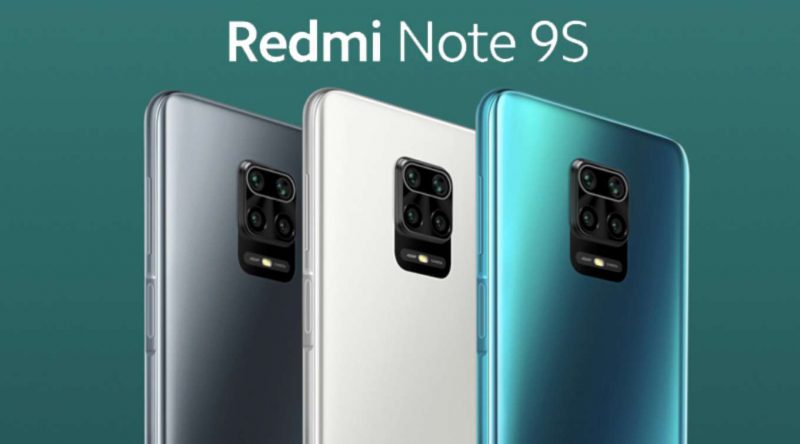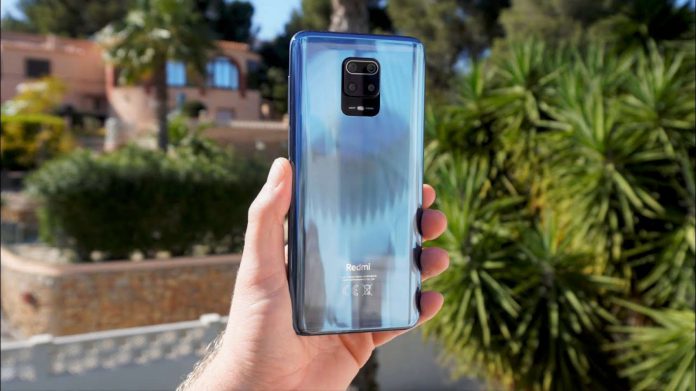Xiaomi Redmi Note 9S Design
The smartphone designs of Xiaomi have evolved over the past years , ranging from uninspired metal backgrounds to high-end glass sandwiches. The Redmi Note 9S optimize the style of previous phones and results in a powerful phone with a unibody-glass build that looks better than the price tag.
The Xiaomi Redmi Note 9S camera bump is big, but it doesn’t rock a lot when on the table, likely due to the 2×2 square camera configuration rather than to the lenses in a straight line through the spine.
There’s a small lip around the bump to prevent scratching on the glass, which is why the bump is among the most noticeable that we saw on a recent smartphone. Apart from the island of the camera, the back is rather minimal and elegant without any other looks. Notably, Gorilla Glass 5 covers both the back and the cameras, as opposed to the previous Redmi phones.

While it’s nice to switch to a premium end, this is a big and heavy handset. Although it has a larger display and battery (more about that) to explain this size, you may have trouble fitting it into your pocket.
Moving your hand to come into contact with the screen length will surely pull your wrists. Here are also other big telephone issues, such as the inability to use it with one hand or the difficulty of hitting the volume rocker.
The back of the Redmi Note 9S is slippery, which gets worse because of the phone’s size. It will glide off any surface on which you put it. Fortunately, a case of silicone is included in the box.
As a side-mounted fingerprint reader, the power Button on the top side of the phone doubles in a natural location. With the Power Button and Scanner combined, it has a slight learning curve, because the monitor is unlocked whenever you want to lock it and vice versa.
The volume rocker is next to this power button, but because of the telephone size, as we said, we found it a little difficult to achieve. A 3.5 mm headphone jack is also available, perfect for people who like their wired audio.
Since the beginning, large displays were part of the Redmi Note series DNA and each generation overshadowed the last one. Everything is different from Redmi Note 9S. It is the largest screen ever seen in the series with a 6.67-inch display and has a 20:9 aspect ratio. It’s fun to watch videos or play games on this bigger canvas.

This is an LCD screen with 2,400 x 1,080 resolution. The maximum luminosity is almost sufficient, but the stronger natural sunlight will probably overshadow it. Because it is LCD, the rates of blacks and contrasts are far from ideal, and blacks for gray are possibly mistaken. The colors are otherwise very true, at least if viewed head-on.
We found occasional slight bleeding and uniformity across the display especially when we look at darker contents, but this is not very noticeable and easy to overlook. It was primarily to the sides and the mark. But this seems to be an isolated problem, and no one else mentioned, so our early model may be a defect.
